Oura Church in Nagasaki is the oldest wooden Gothic church in Japan and was registered as a World Heritage Site in 2018. Designed by a French man and built by the Japanese, the wooden outer wall has been bricked over, and the surface covered in white plaster, leaving it with a unique mixture of Western and Japanese atmosphere.
About Oura Church
A gothic church in the medieval European style, it was designed and built-in 1864 by French missionary Bernard Petitjean. It was built for the foreigners living in the area of Nagasaki where the merchants had settled at the end of the Edo Period. The church is designated a national treasure since it is the oldest wooden church remaining in Japan. In 2018, it was recognized as one of UNESCO's World Heritage Sites, as part of the "Hidden Christian Sites of the Nagasaki and Amakusa Region".
Oura Church was also the site where the Christians of Nagasaki, after having to hide their faith for over 250 years, came out and confessed that they were believers in what is referred to as the "discovery of belief" event. The “Old Seminary” and the “Old Archbishop's House” were opened as the Christian Museum on April 2018, where they exhibit historical material about the hidden Christians. There is also a shop called "Oratio no Mise", that sells
The Highlights of Oura Church
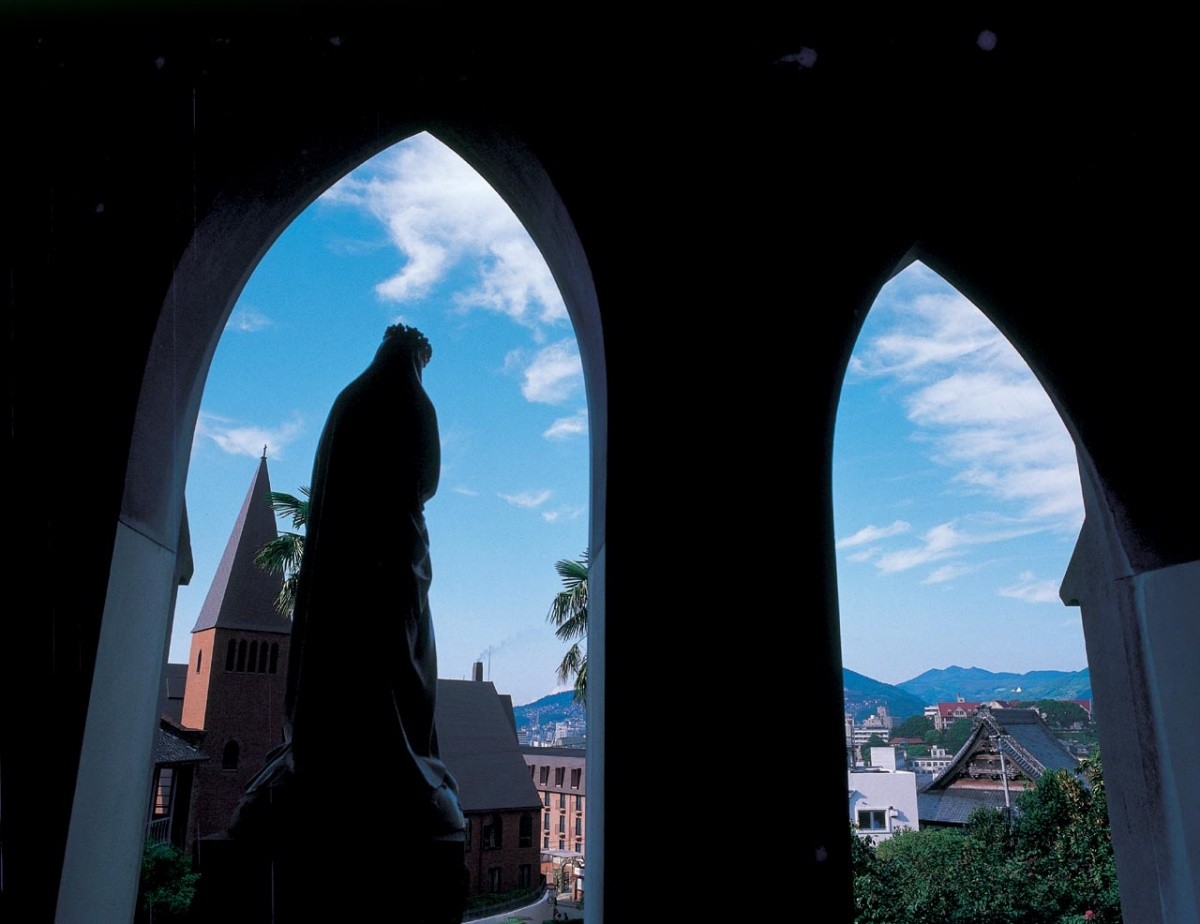
The first highlight is the stained glass windows. Behind the altar at the front is an image of Christ on the cross in stained glass, and both sides of the church, both at eye-level and high on the walls, are lined with colorful glass windows. There are three types of windows: those from the first set, constructed in 1879, those constructed to replace the ones destroyed by the atomic bomb in 1945, and those replacing ones destroyed by a typhoon in 1990. The three eras of windows are easily distinguishable, as you can tell the difference based on the clearness and saturation of the glass' colors, even when comparing pieces of the same color.
Also, make sure to give the ceiling a good look. Usually, the ceiling would be made of stone, but here it is made with an ancient Japanese method, called the "rib vault ceiling", where bamboo is used to create the curve of the ceiling, then it was covered in plaster.
The statue of the Virgin Mary at the entrance to the church was sent as a blessing from France, who had sent missionaries to Japan in 1865, the same year as the "discovery of belief". The belfry at the back of the church is also a must-see. It is located atop the 2-story building. The bell was manufactured in France and donated to Oura Church by Catholic benefactors of one of the missionaries that had come to prepare for the church's construction. It rings twice each day, at 12 noon and 18:00.
Access to Oura Church
From JR Nagasaki Station, take the Nagasaki Electric Tram headed to "Soufuku-ji" for about 10 minutes, and get off at the "Oura-Tenshudo" station, then walk about 5 minutes. Otherwise, from Nagasaki Station South Exit, take the Nagasaki Bus for about 10 minutes and get off at the "Oura-Tenshudo-shita" bus stop and walk about 5 minutes. It is about 35 minutes from Nagasaki Station on foot.
Note: Photography (with any device) is prohibited inside Oura Church.
Spot Information
- Spot name: Oura Church/ 大浦天主堂
- Address: 5-3, Minami-Yamate-machi, Nagasaki-shi, Nagasaki Prefecture 850-0931
- Access: Get off at the "Oura-Tenshudo-shita" bus stop and walk about 5 minutes.
- Language:English and Korean pamphlets available
- Ticket: 1000 yen (including the admission fee for the Oura Church Christian Museum)
- Business Hours: 8:00 - 18:00 (last entry at 17:30)
- Holidays: Open year-round
Note: Permission for photography and publication has been granted by the Archdiocese of Nagasaki.
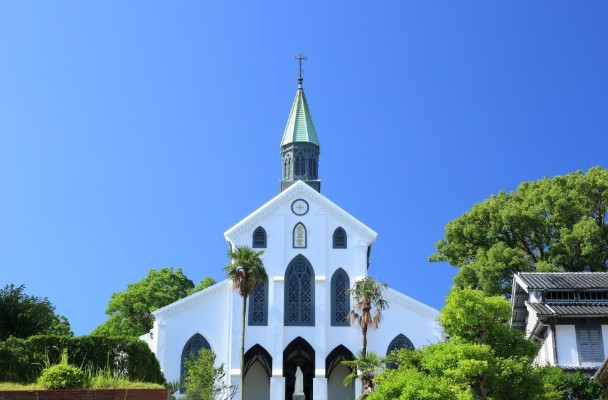
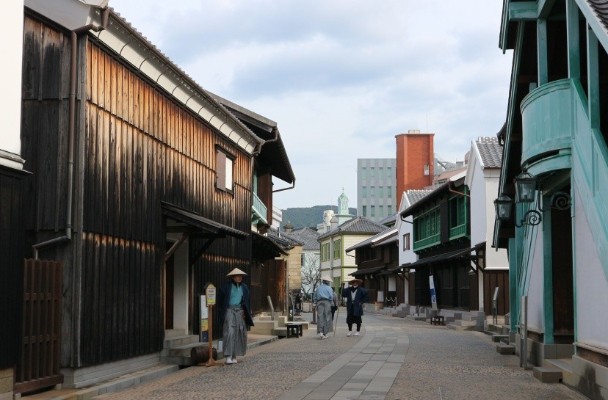
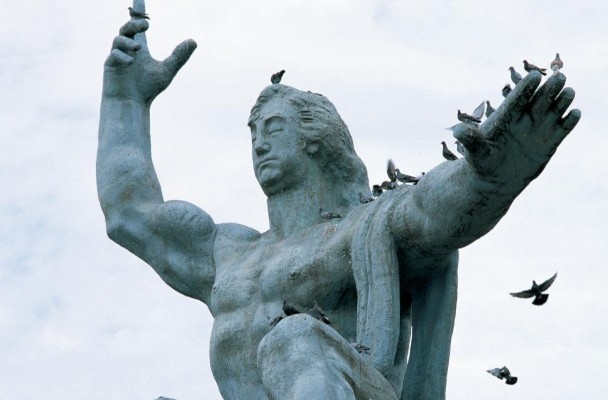
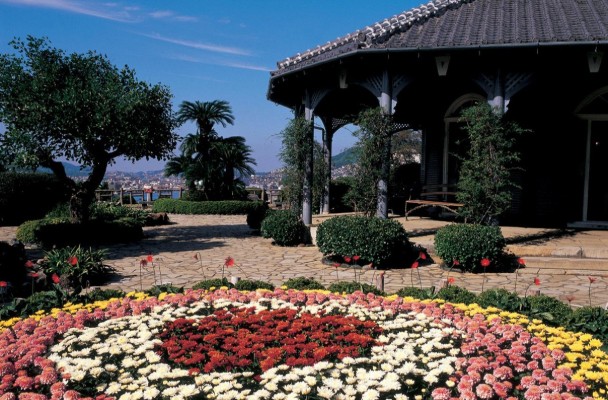
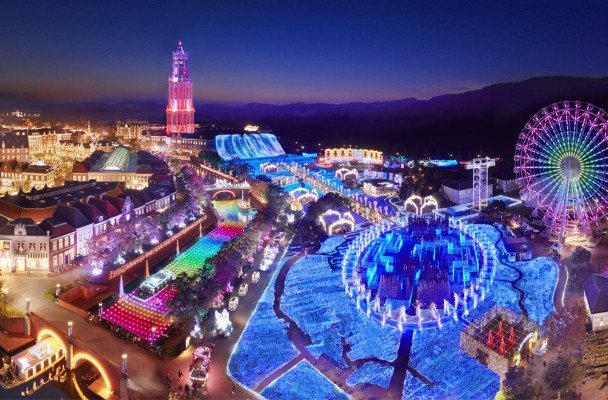

Comments